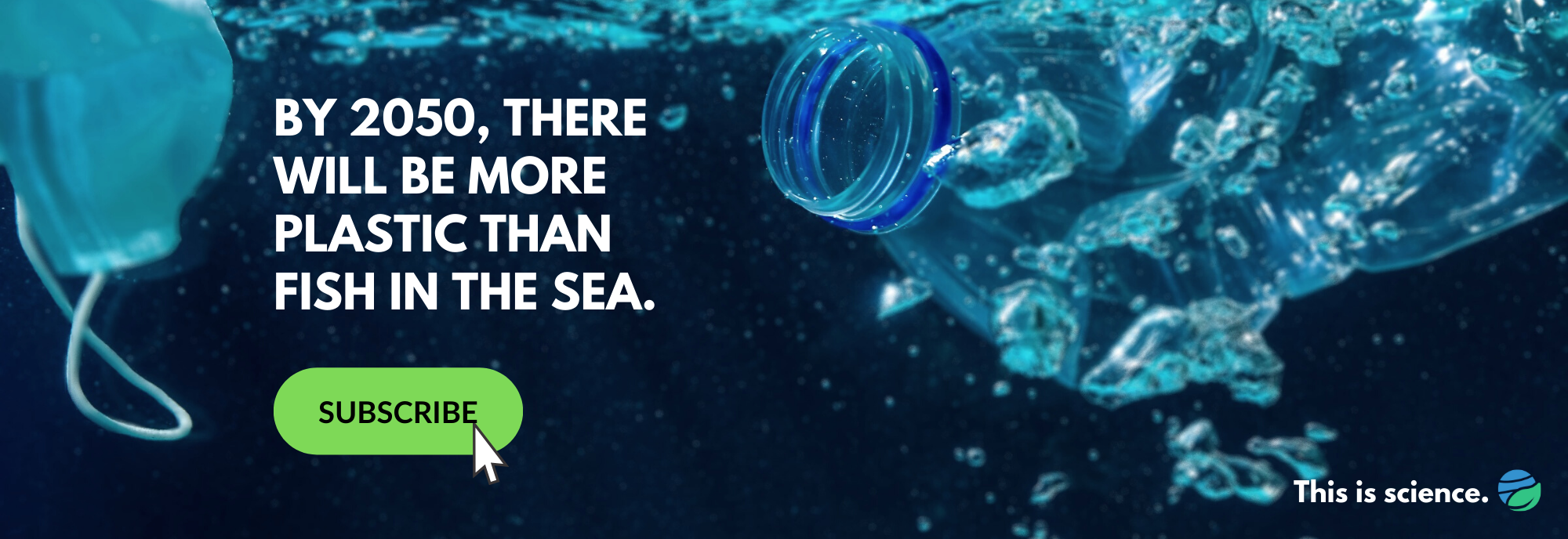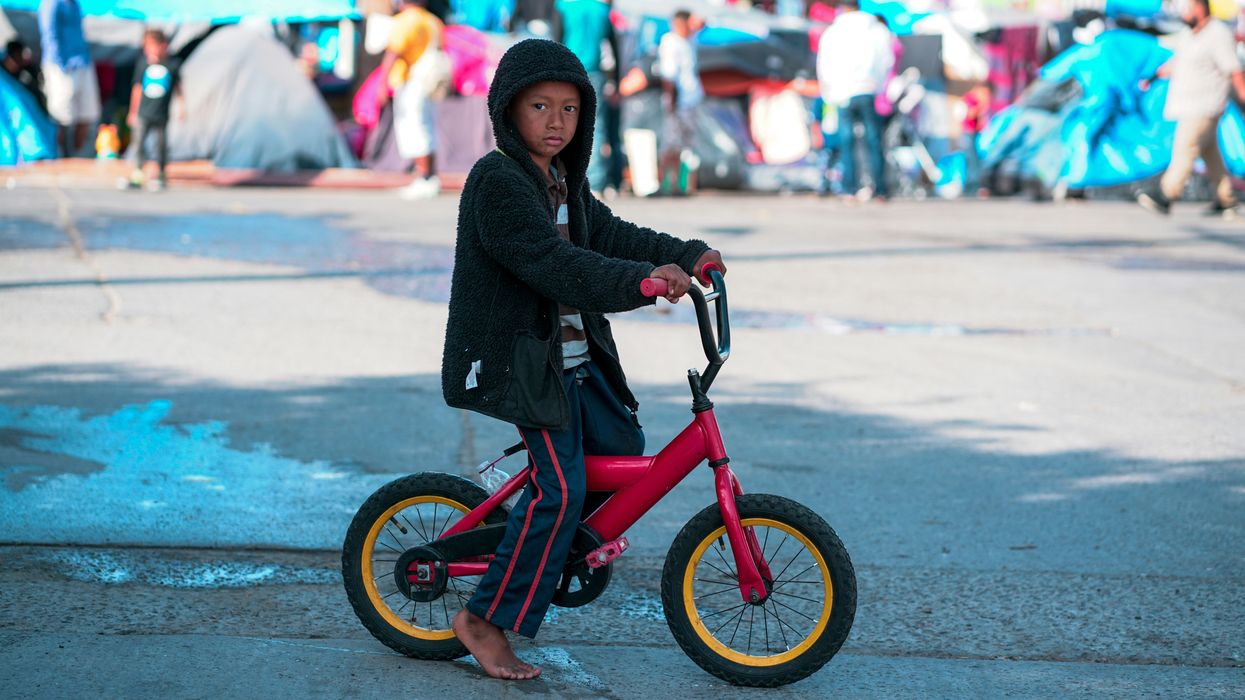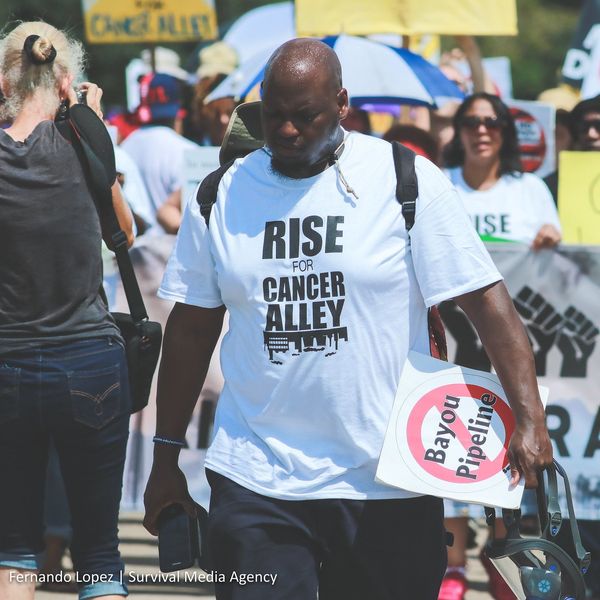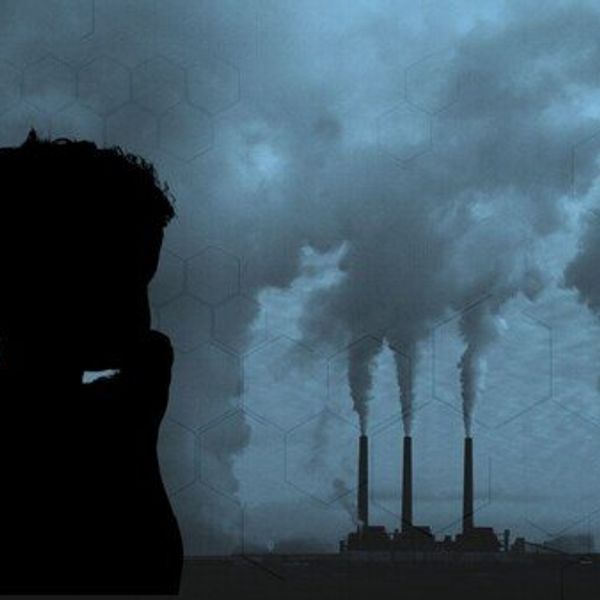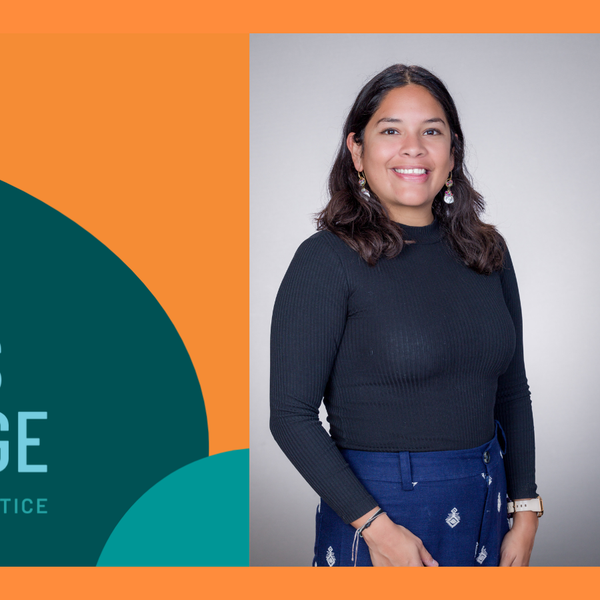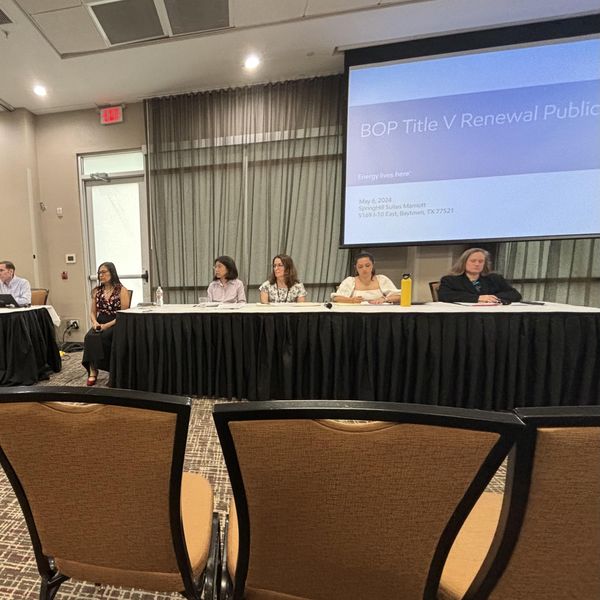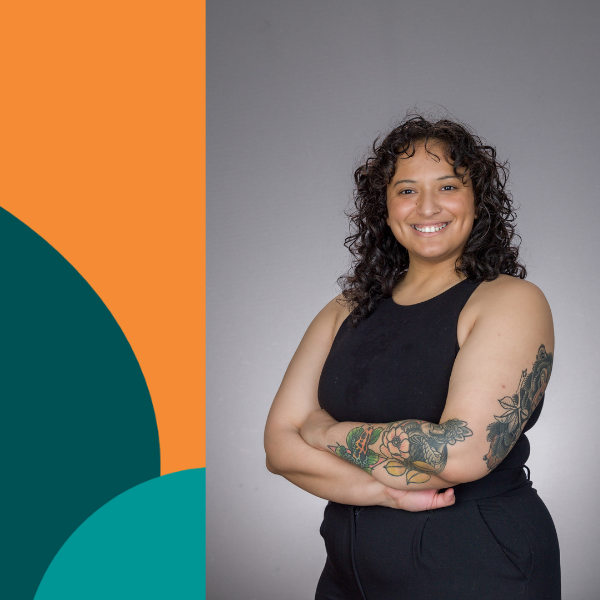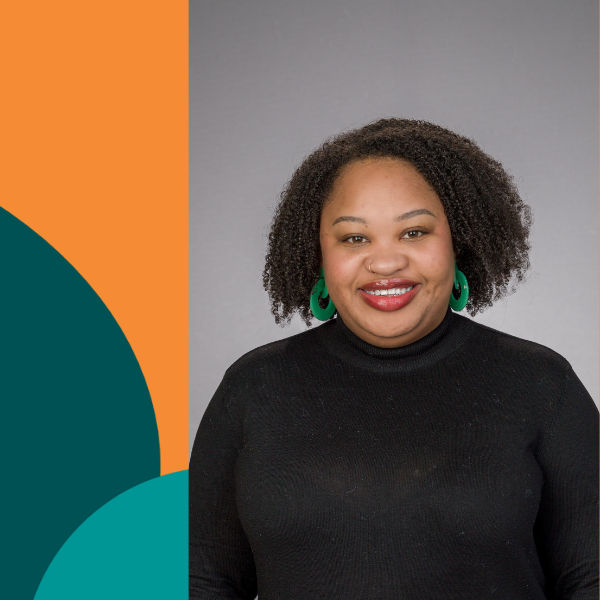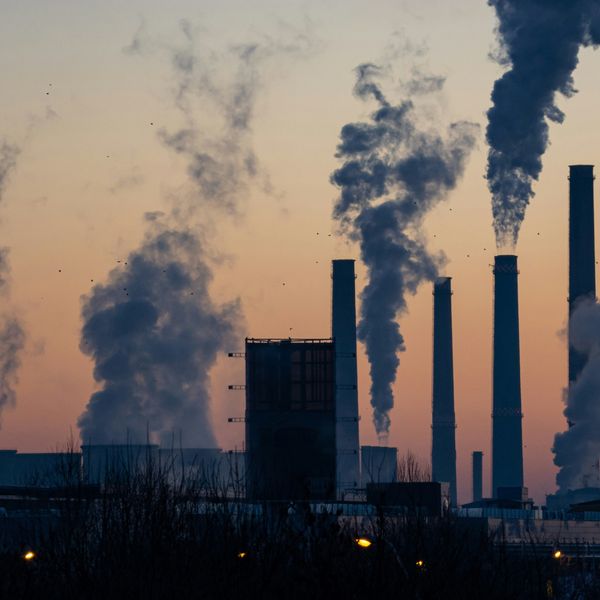Despite a revived national focus on environmental injustice, one group remains largely ignored: disabled people, who make up more than 25% of the U.S population.
Even the definition of environmental justice provided by the U.S. Environmental Protection Agency (EPA) doesn't currently include disability.
Yet, a recent study suggests that disability status—especially in combination with race, ethnicity, and income—can determine how much environmental harm one could be exposed to.
Pollution in the U.S. has never been evenly distributed. Our long history of discriminatory housing and zoning laws have forced marginalized groups to live in areas that disproportionately expose them to environmental hazards—the effects of which are still present today.
In response, environmental justice researchers have spent decades trying to document these inequalities. What started out with a focus on Black and Brown Americans, has since expanded to include other marginalized groups, such as low-income households, immigrants, and the LGBTQ+ community.
Few studies also consider disability. But in one of these rare studies, Jayajit Chakraborty, a professor of geography at the University of Texas at El Paso, observed that Houston neighborhoods located near pollution sources—like Superfund sites and hazardous waste facilities—were home to a significantly higher proportion of disabled people compared to the rest of the city. In addition, race, ethnicity, and age all further amplified these inequalities—disabled people of color and those aged 75 years or older both lived in even closer proximity to polluted areas, likely decreasing their quality of life.
Related: A disability should not be a death sentence during a natural disaster
These findings came as no surprise to Chakraborty. In his past work, he reached a similar conclusion when investigating how close disabled people lived next to toxic chemical spills, and again when looking at where disabled communities were placed relative to facilities that use hazardous materials.
"And that got me thinking, what about other kinds of environmental hazards?" he told EHN, adding that he wanted to look at more chronic pollution sources which "have traditionally received a lot of focus in previous [environmental justice] research…but not so much with regards to disability."
He stresses, however, that these conclusions are specific to the Houston area and more work needs to be done to see how it translates across the country.
But expanding on this research will be difficult as work like Chakraborty's is uncommon.
"There are few studies of [environmental justice] and disability, let alone the intersection of race, class and disability," Arrianna Planey, an assistant professor of health and policy management at the University of North Carolina, Chapel Hill, told EHN.
Yet, the disabled community has known about these types of issues "for forever," disabled youth organizer Daphne Frias told EHN. Researchers, she added, "have so much to do to catch up."
Disability data lacking

Dr. Jayajit Chakraborty (Credit: UTEP)
Part of the reason for this gap in environmental justice research is a lack of data on disability.
"I would prefer to do field work to get primary data—surveys or interviews—to understand the lived experiences [of this community]." Chakraborty said. However, due to time and funding constraints, this isn't always feasible. So, Chakraborty, like many other environmental justice scholars, relies on information obtained through other methods, such as through the American Community Survey (ACS).
Unfortunately, this can have several limitations. "The ACS has large margins of error and generally underestimates the prevalence of disability," said Planey, who was not involved with the Houston study.
That's because, for one, people in the disabled community face difficulty being counted by these surveys for reasons that range from inaccessible survey design to the distrust of government surveyors. Also, these surveys are self-reported. Stigma surrounding disability often leads people to forgo identifying as disabled, resulting in an underestimation of their numbers.
That said, despite its imperfections at least the ACS includes data about disability. Chakraborty has noticed that other research surveys often don't even inquire about disability status in the first place.
"There [are questions] for race, ethnicity, and housing status, and other kinds of stuff," he explained. "For a lot of these forms there's no identifier for people with disabilities."
Conflating disability, disease, and environmental justice
Frias said the lack of available data is just a symptom of a larger problem: ableism.
"It's the idea that disabled lives are unimportant and disabled lives are invisible," she said. "It doesn't matter if where we live makes us even more unhealthy."
Disability is also rarely seen as a full-fledged identity, which is reflected on how it's often framed in environmental justice research. The "focus has generally been more on how environmental injustices cause disability," Catherine Jampel, fellow of the American Council Learned Societies (ACLS), told EHN, "but much less on the specific vulnerabilities of disabled people to environmental injustices."
It's likely this kind of framing that has led to terms like "disability-adjusted life year," which is a common metric used to determine "the years of healthy life lost due to disability" and has recently been used with regards to the health effects of environmental pollution.
But disability isn't just a negative state of being. It's a community who deserves access to a clean environment. Any opposing mindset can hinder developing solutions when it comes to protecting the disabled community from environmental issues, said Planey. "In the ableist cultural milieu, it's difficult to advocate to address both the social conditions that produce disablement and advocate for rights and protections for disabled people," explained Planey.
That's why Frias believes this framing needs to change. "Our community is beautiful and powerful, and I think that needs to be embodied instead of this doom and gloom narrative of how we're perceived."
Expanding environmental justice research
Chakraborty's goal has always been to expand the scope of environmental justice research. He hopes that studies like his recent one in Houston will "lead to a better inclusion of people with disabilities in environmental justice research and environmental policy." He also believes that it's important that environmental justice uses an intersectional approach when looking at disability.
"We like to see disability as a monolithic system of oppression," said Frias, "But that is not necessarily true." Multiple marginalized identities can compound on each other to increase one's pollution exposure risk.
For example, "Disabled people—especially disabled people of color—are much more likely to be impoverished," said Planey, forcing them into low-income housing that is more likely to be built near pollution sites.
Still, there is hope. "With each study that's published, it creates more of a dialogue between [environmental justice and disabled] communities," said Frias, adding that moving forward, it's important that researchers begin reaching out directly to the community and listen to their lived experiences.
"It's the phrase that [disabled people] always say, 'Nothing about us without us.'"
This article was produced through the Agents of Change in Environmental Justice fellowship. Agents of Change empowers emerging leaders from historically excluded backgrounds in science and academia to reimagine solutions for a just and healthy planet.
Banner photo: anjan58/flickr




